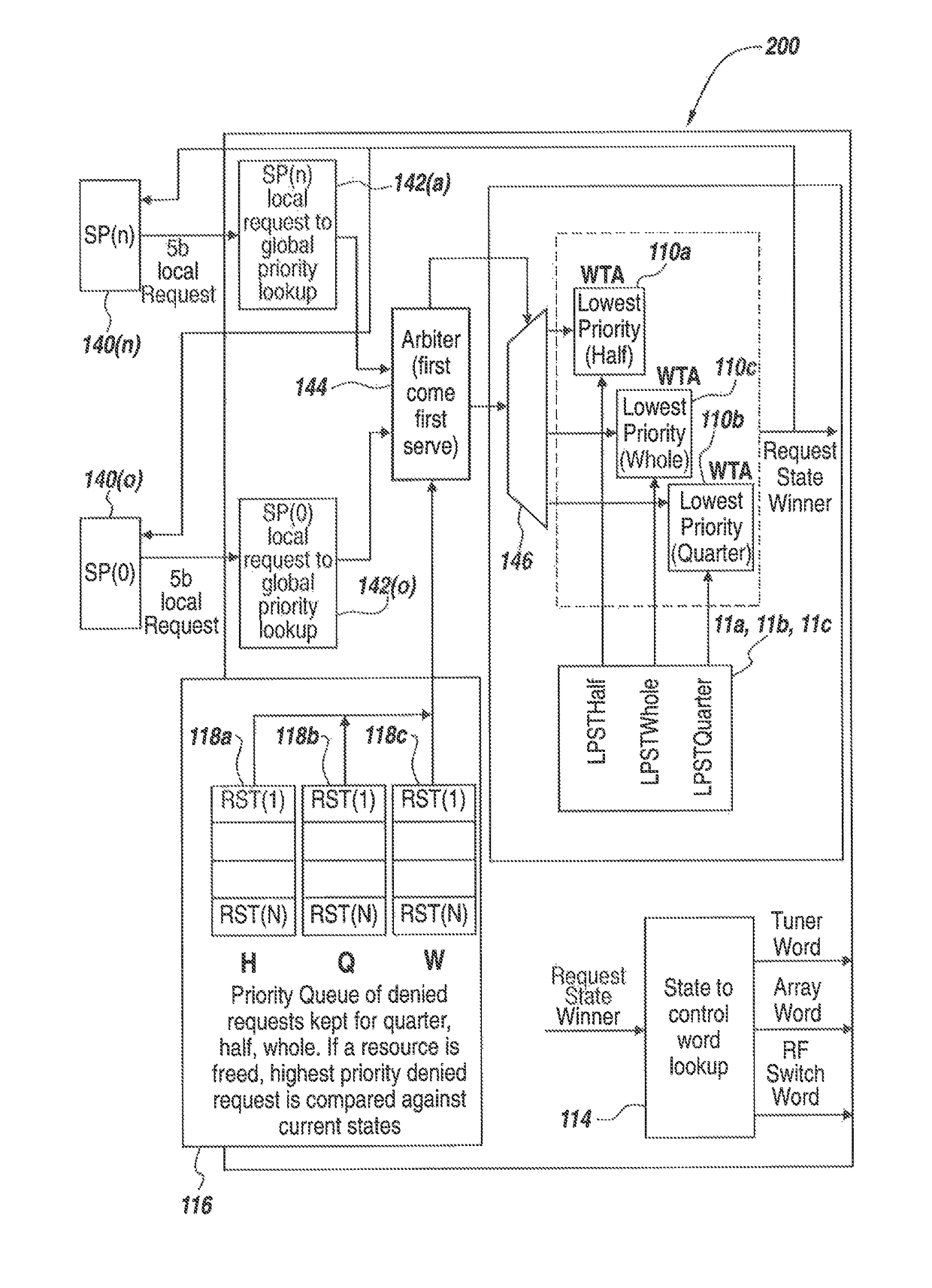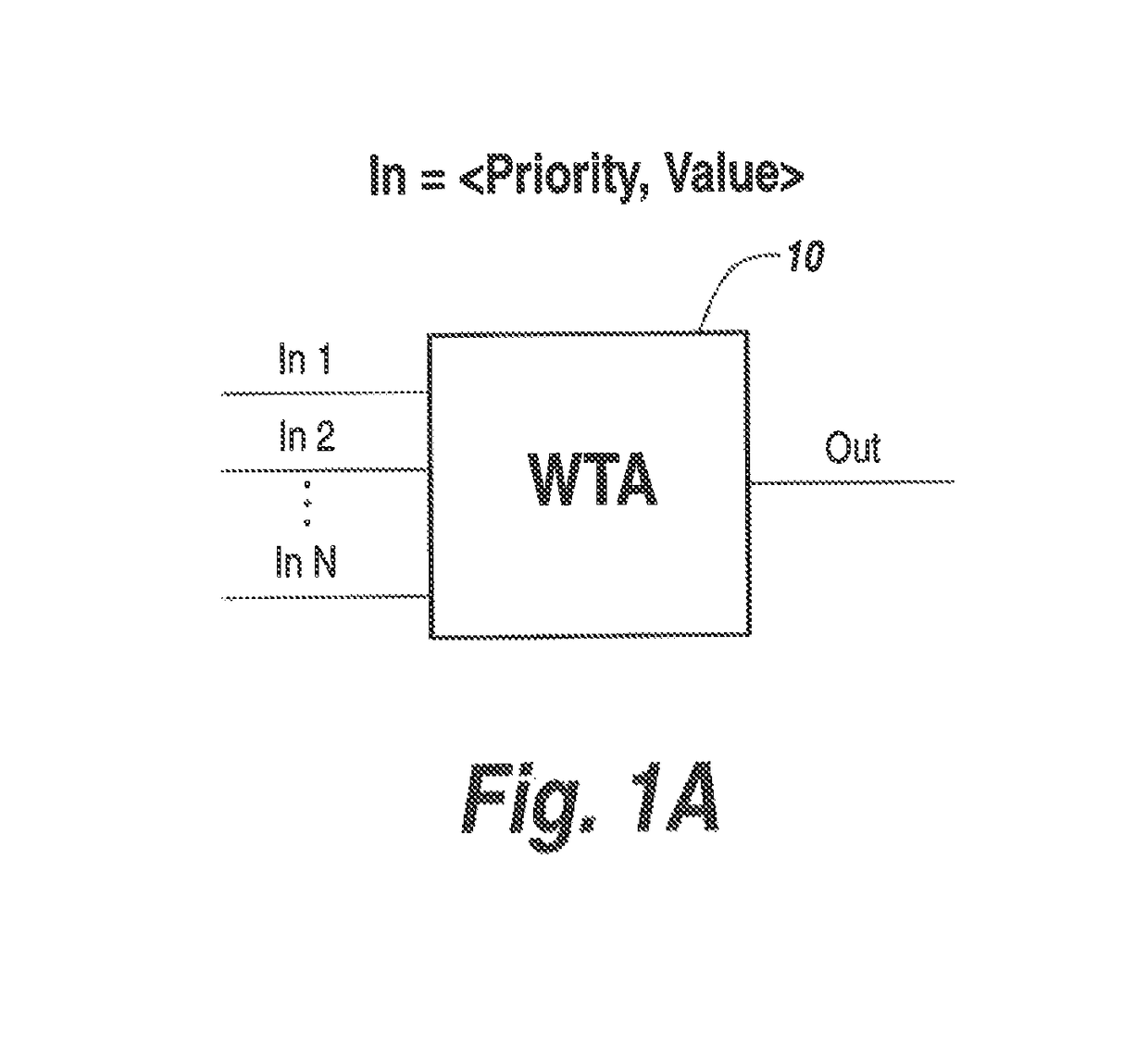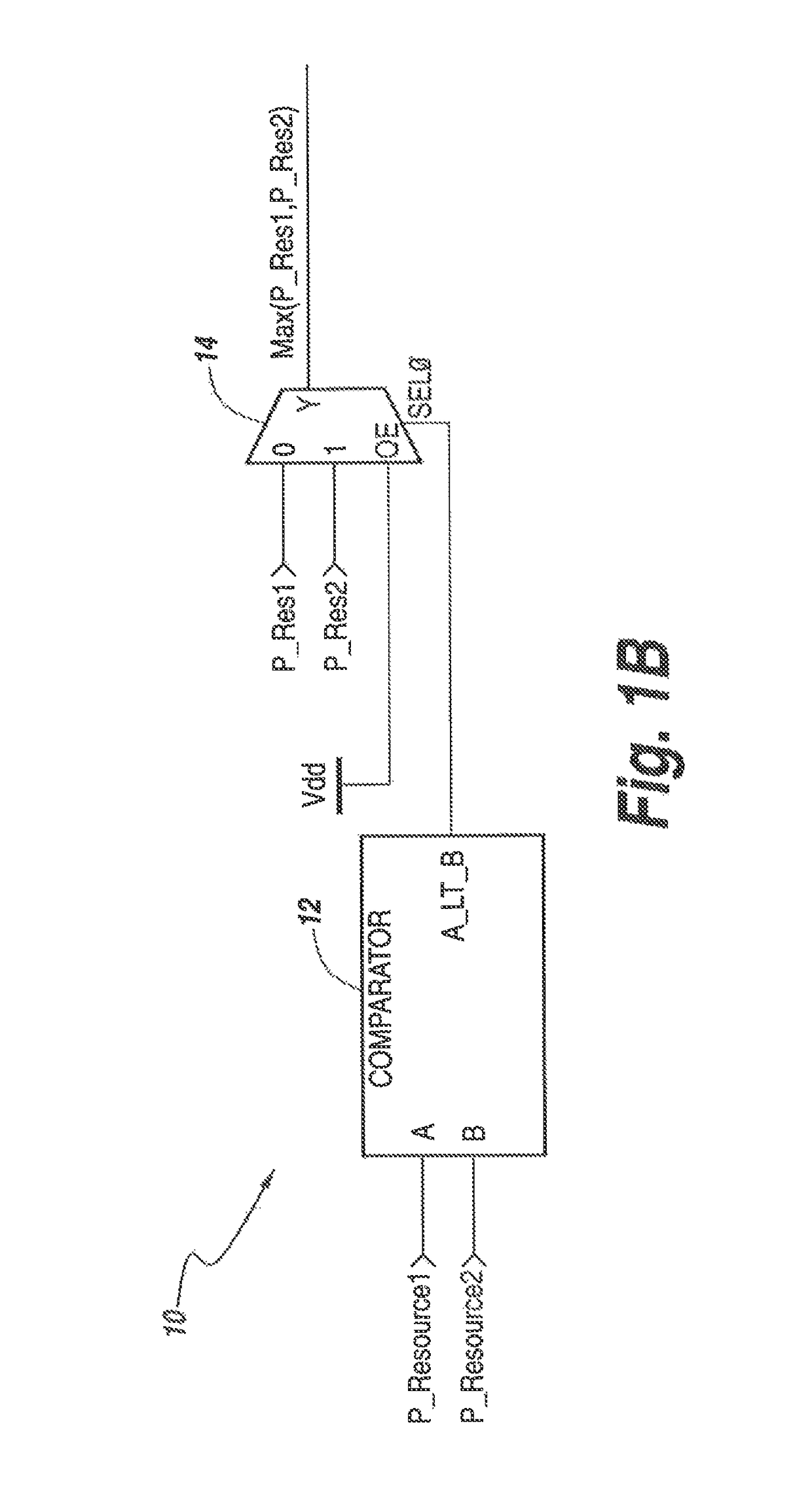Apparatus and method for allocating resources using prioritization of requests and updating of requests
a technology of prioritization and allocation of resources, applied in the field of allocation of multiple resources, can solve the problems of too large application, too slow for applications, and insufficient resources of the radar system to accommodate every available task, and achieve the effect of switching between threats very quickly
- Summary
- Abstract
- Description
- Claims
- Application Information
AI Technical Summary
Benefits of technology
Problems solved by technology
Method used
Image
Examples
Embodiment Construction
[0032]The present disclosure is directed to an approach to arbitrating, allocating and otherwise managing multiple requests for resources. The approach of the disclosure is applicable in multiple situations in which the number of requests may greatly outweigh the number of resources being requested, and there is a need to switch between the multiple requests and resources very quickly. According to exemplary embodiments, in the case of a pulsed radar system, allocation of resources, such as jamming or sensing resources, can be allocated on a sub-pulse level, such that multiple threats can be jammed, and the system can switch between threats very quickly. According to the disclosure, each request may be associated with a priority level, based on the need of the requesting entity to have its request serviced by allocation to the resources. In some exemplary embodiments, the highest-priority requests are instantly allocated to resources, regardless of the current state of the resources...
PUM
 Login to View More
Login to View More Abstract
Description
Claims
Application Information
 Login to View More
Login to View More - R&D
- Intellectual Property
- Life Sciences
- Materials
- Tech Scout
- Unparalleled Data Quality
- Higher Quality Content
- 60% Fewer Hallucinations
Browse by: Latest US Patents, China's latest patents, Technical Efficacy Thesaurus, Application Domain, Technology Topic, Popular Technical Reports.
© 2025 PatSnap. All rights reserved.Legal|Privacy policy|Modern Slavery Act Transparency Statement|Sitemap|About US| Contact US: help@patsnap.com



